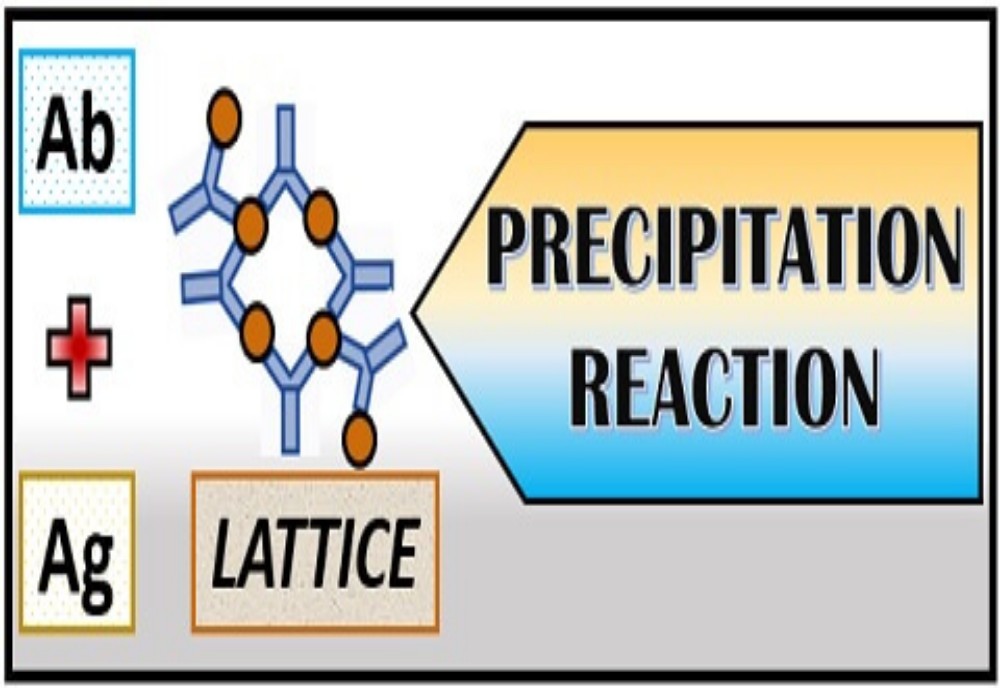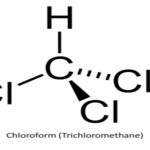Chemical reactions involve chemical changes occurring within the substances, thus giving rise to a new element under some specific conditions. Chemical equations can understand the chemical reactions of various elements. The chemical equations show the reactants and the products that are involved in the reactions. Chemical reactions take place between two or more chemical compounds called as reactants. The reactants might be in solid, gas or liquid form.
What is Precipitation Reaction
Many chemical reactions occur in our daily, with or without us knowing it such as burning, corrosion, occurring while cooking of food, eating, and much such more. One such other type of reaction is the Precipitation Reaction. Here, two different soluble salts which are in aqueous solutions combine to form products, out of which one is called precipitate which is an insoluble salt.
Precipitation Reaction – Definition and Meaning
The precipitation reaction is defined as the “Chemical reaction occurring in aqueous solutions where two ionic bonds combine forming up insoluble salts.” The salts formed are precipitates and are the products of precipitation reaction.
The precipitation reaction is the double displacement reactions involving the production of a solid form residue called the precipitate. The reaction also occurs when two or more solutions with different salts are combined, resulting in the formation of insoluble salts that precipitates out of the solution.
One of the best examples of precipitation reactions is the chemical reaction between potassium chloride and silver nitrate, and solid silver chloride is the precipitate or the insoluble salt formed as a product of the reaction. The chemical equation for this precipitation reaction is as below-
AgNO3(aqueous) + KCl(aqueous) —–AgCl(precipitate) + KNO3(aqueous)
In the above reaction, a white precipitate called as silver chloride or AgCl is formed which is in a solid state. This solid silver chloride is insoluble in water. Precipitation reactions help in determining the presence of different ions present in a particular solution.
The other example of a precipitation reaction is the reaction between calcium chloride and potassium hydroxide, resulting in the formation of an insoluble salt Called calcium hydroxide. The chemical equation for this reaction is below-
2KOH(aqueous) + CaCl2(aqueous)—-Ca(OH)2(aqueous) + 2KCl(aqueous)
Some more examples of chemical equations of on precipitation reaction are as below-
AgNO3(aqueous) + NaCl(aqueous) —- AgCl↓ + NaNO3 (aqueous)
Mg(OH)2(s) + 2HCl (aqueous) ——— MgCl2(aqueous) + 2H2O(l)
Properties of Precipitates and Precipitation Reaction
Some of the properties of precipitates and the reaction are as below-
· The precipitation reaction undergoes in aqueous solutions or medium in an ionic state.
· The reaction takes place between ions present in the aqueous solutions, forming the product
· The products formed at the end of precipitation reaction are the precipitates which are insoluble in aqueous solutions
· Precipitation reactions are known as ionic reactions since the ions actively take part in the reaction and form the product.
· These reactions depend on the temperature, concentration of the solution, buffer solution, etc.
Applications Of Precipitation Reaction
Precipitation reaction helps in determining a particular element present in the given solution. These reactions also monitor the formation of a precipitate when some chemical is added to solutions. These are used for the extraction of magnesium from the seawater. The human body also encounter these reactions existing between antigens and antibodies.
Examples Of Precipitation Reaction In Everyday Life
Precipitation recation can be used in waste water treatment. When a contaminant forms an isoluble solid, then we can use this reaction to precipitate out the contaminated ions. In waste water, a frequent presence of heavy metals can be found such as compounds of sulphide and hydroxide. So, we can add a source of hydroxide that is soluble (NaOH Or Na2S) that will result in precipitation reaction.


